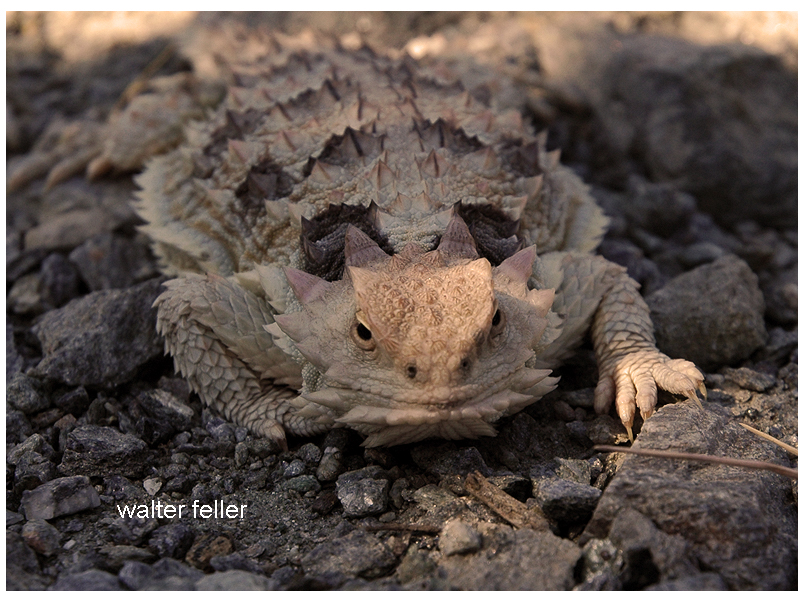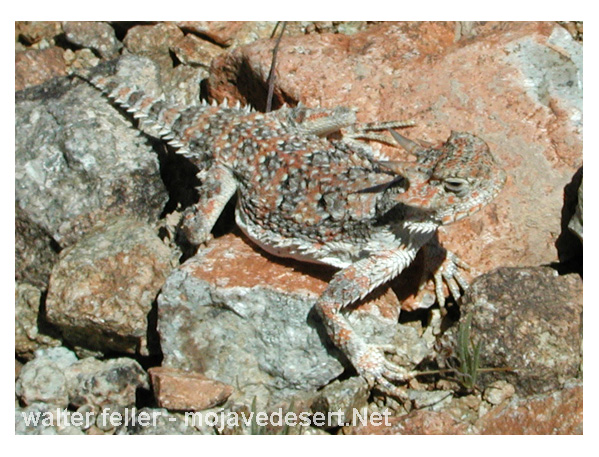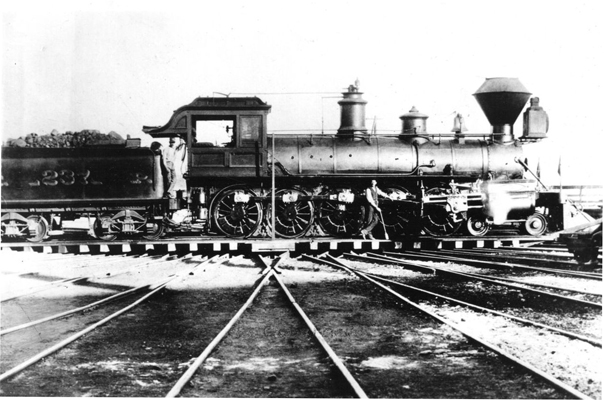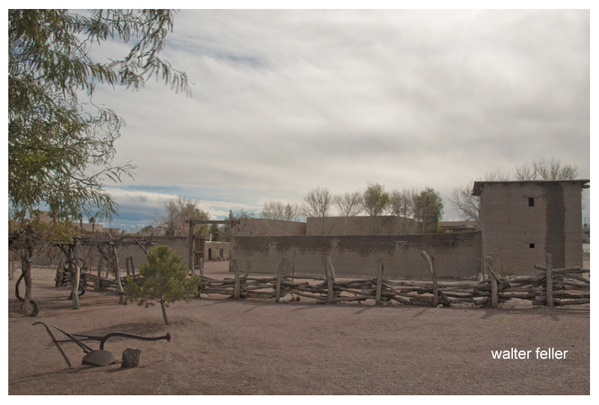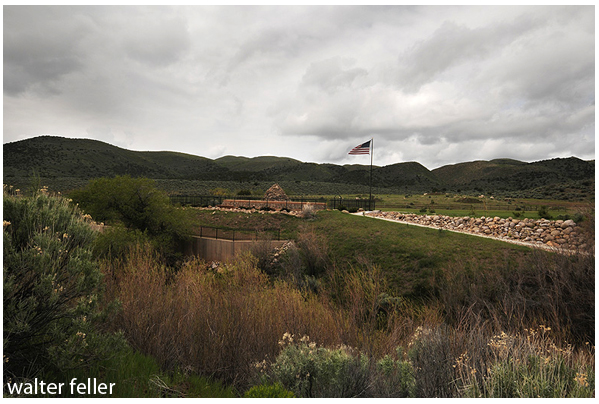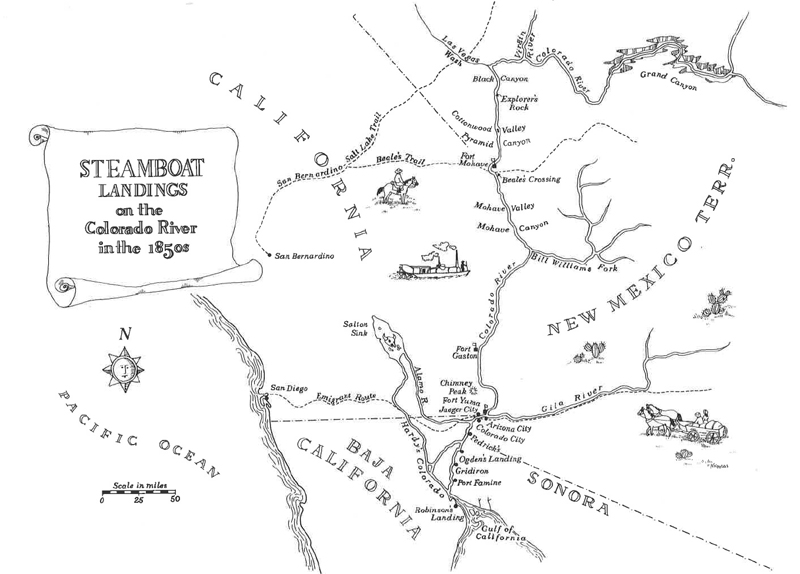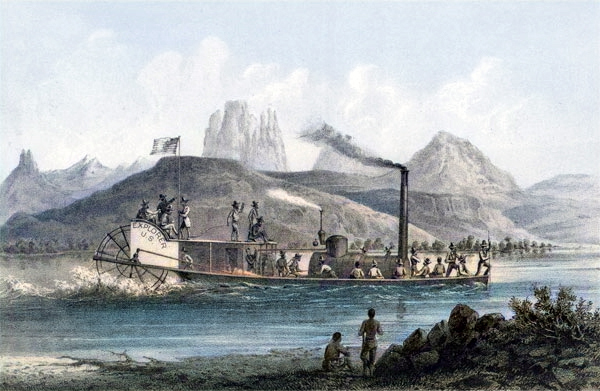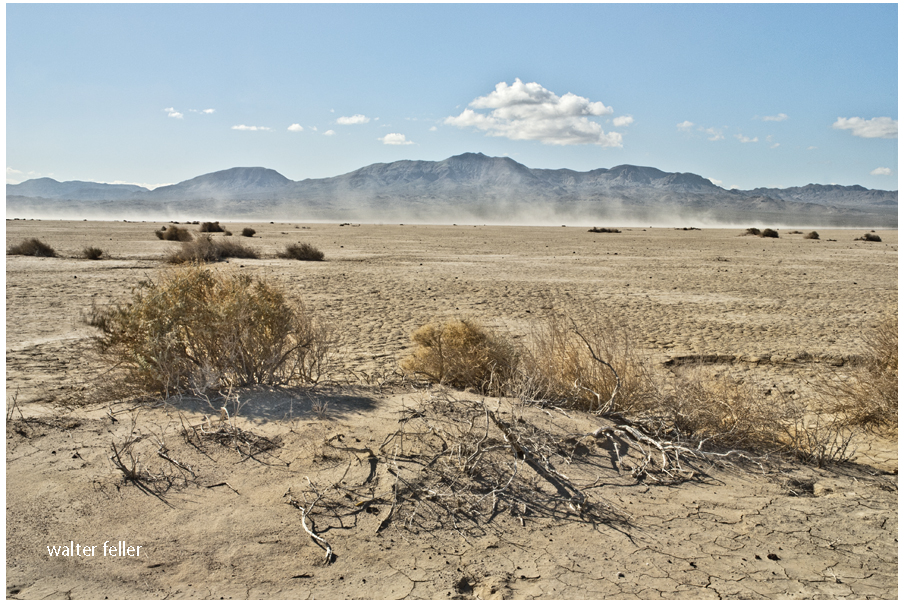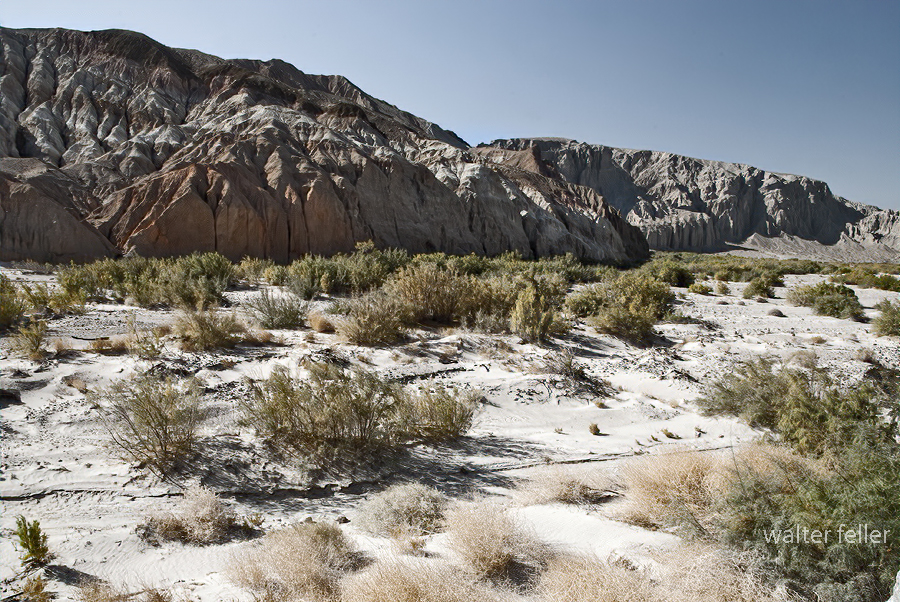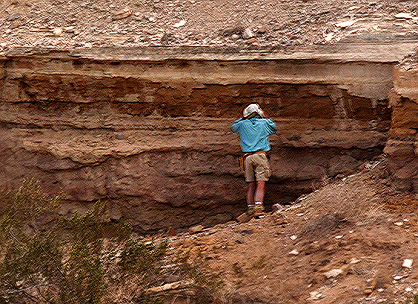Wyatt Earp’s Most Notorious Night in the Ring: On December 2, 1896, famed lawman Wyatt Earp stepped into the boxing ring as the referee for a heavyweight bout between Bob “Ruby” Fitzsimmons and Tom “Sailor” Sharkey. The fight took place at Mechanics’ Pavilion in San Francisco, California. Billed (controversially) as a contest for the Heavyweight Championship of the World, the event drew enormous attention. By the end of the night, Earp’s decision to disqualify one fighter sparked a firestorm: he awarded the victory to Sharkey under contentious circumstances, provoking immediate outrage. This incident would become one of the most infamous controversies in boxing history, severely tarnishing Wyatt Earp’s reputation for years to come.
Background: Fighters and the Lead-Up to the Fight
In 1896, the heavyweight boxing scene was in flux. The reigning champion, James J. “Gentleman Jim” Corbett, had recently retired, leaving the title vacant and boxing fans eager to crown a new champion. Bob Fitzsimmons – an English-born fighter nicknamed “Ruby Robert” – was a skilled boxer and ferocious puncher (earlier that year he had knocked out contender Peter Maher in one round). Fitzsimmons was widely regarded as the top contender and heavy favorite to become the next champion. His opponent, Tom “Sailor” Sharkey, was a tough Irish-born brawler and former sailor who had built a respectable record, though he was seen as the underdog against the more accomplished Fitzsimmons. To capitalize on the public’s hunger for a title showdown, the San Francisco-based National Athletic Club arranged a high-profile match between Fitzsimmons and Sharkey. Boxing was technically illegal in San Francisco at the time, but that didn’t deter promoters or fans – demand was so high that about 10,000 spectators crowded into Mechanics’ Pavilion for the bout (city officials and police even attended, despite the legal prohibition).
Tom “Sailor” Sharkey (left) and Bob “Ruby” Fitzsimmons (right), the two fighters in the 1896 San Francisco heavyweight bout refereed by Wyatt Earp. Fitzsimmons was an experienced former middleweight champion known for his knockout power, while Sharkey was a rugged brawler and Navy veteran. The match between these two was billed as a championship fight to determine the top heavyweight after James J. Corbett’s retirement, and public interest was enormous.
Wyatt Earp’s role as referee came about somewhat unexpectedly. Earp was 48 years old and long retired from his Wild West lawman days, but he had dabbled in boxing circles as a spectator and occasional referee of small matches on the West Coast and in Mexico. The fight’s organizers, scrambling to find a reputable official for such a high-stakes contest, approached Earp. He had a known name and a reputation (at least then) for toughness and honesty, which they hoped would lend credibility to the bout. Wyatt reportedly hesitated at first, aware that he lacked experience officiating bouts of this magnitude. Nevertheless, the allure of being the third man in a major prizefight – and perhaps a generous fee – convinced him to accept the assignment. Earp was announced as the referee just before the fight, a choice that drew some skepticism even before the opening bell.
Pre-Fight Tensions and Rumors of a Fix
Even before the fight started, controversy was brewing around Earp’s appointment. San Francisco was abuzz with rumors that the fight might be “fixed” – that is, that the outcome was pre-arranged in Sharkey’s favor. Sharkey’s own trainer, Danny Needham, had reportedly sent telegrams to acquaintances urging them to “Bet all you have got on Sharkey to win.” Such confidence in the underdog struck many as suspicious. Indeed, Martin Julian, Fitzsimmons’ manager, was so alarmed by the pre-fight gossip that he protested Earp’s selection in the ring before the bout began, citing “all the chatter of a fix” and demanding a different referee. Sensing the tension, Earp said he was willing to step down if both camps agreed, but Sharkey’s side insisted on Earp staying on, threatening to cancel the fight if he was removed. Their steadfast support of Earp as referee (despite the swirling rumors) later struck observers as one more curious detail in an increasingly dubious affair.
Another almost comic incident underscored the night’s unusual atmosphere: Wyatt Earp entered the ring armed, with a large revolver tucked in his coat. San Francisco Police Captain George Wittman, on hand at the event, was startled to see the famous lawman packing heat in the prize ring and made Earp hand over the “murderous-looking revolver” before the fight got underway. (Earp habitually carried a gun, explaining later that he did so out of habit and for personal protection.) The image of a boxing referee surrendering his six-shooter to the police in front of thousands of spectators made for vivid newspaper copy, and the San Francisco Call would soon mock Earp for having “a Navy revolver a foot long sticking out of his hip pocket” in the ring. With the preliminaries (and Earp’s sidearm) set aside, the fighters and referee prepared to make boxing history – though not in the way anyone expected.
The Fight: A Hard Battle until a Sudden, Controversial End
When the match began, it lived up to its hype – at least for the first seven rounds. Fitzsimmons, nicknamed “The Fighting Blacksmith,” used his superior skill and punching power to outbox Sharkey, as many anticipated. Sharkey, known for his brawling style and toughness, pressed forward aggressively but was eating hard shots and clearly losing ground as the fight went on. The crowd, largely rooting for Fitzsimmons (who was the favorite in betting), grew increasingly confident they were about to see “Ruby Robert” crowned the new champion.
In the 8th round, however, the drama reached its climax. Fitzsimmons drove a heavy body blow into Sharkey and knocked the sailor to the canvas. What happened next would be debated for decades. Sharkey writhed on the floor clutching his groin, claiming he’d been hit with a low blow (a punch below the belt). Fitzsimmons, believing he’d scored a legitimate knock-out, initially stood amused at Sharkey’s reaction, apparently unconvinced that any foul had occurred. After a brief moment of confusion, referee Wyatt Earp halted the bout and stunned everyone by announcing that Fitzsimmons had indeed struck a foul punch. He disqualified Bob Fitzsimmons and awarded the victory to Tom Sharkey. This meant Sharkey won the match (and the hefty prize purse) on a technicality, at the very moment he seemed to be losing.
Earp’s call provoked immediate chaos and outrage. The roaring crowd of thousands booed loudly as soon as the decision was announced. Almost no one in the audience had seen any foul occur – from their viewpoint, Fitzsimmons’ body blow looked fair, and Sharkey’s collapse appeared either genuine but unrelated to an illegal punch, or outright faked. Ringside witnesses were similarly baffled; one report noted “very few” actually observed the purported low blow. The arena erupted in anger, with spectators jeering Earp vehemently. Many had placed bets favoring Fitzsimmons (given he was the expected victor), so not only did their champion seem unjustly robbed, but their wallets were too. Earp suddenly found himself surrounded by an irate mob in the ring – some shouting that the fight was rigged, others simply stunned that the famous Wyatt Earp had rendered such a contentious verdict.
Immediate Aftermath: Protests, Legal Action, and Public Outcry
Right after the fight, accusations flew. Fitzsimmons was incensed at being denied victory and insisted he’d done nothing illegal. His managers and supporters claimed that a grave injustice – even fraud – had just taken place. They took the extraordinary step of going to court the very next day to prevent Sharkey from collecting the prize money. Fitzsimmons’s camp sought an injunction on the grounds that the result was fixed and illegitimate. A hearing was held, putting the bout under legal scrutiny for several days. In court, witnesses recounted the fight and the suspicious circumstances. One boxing official testified to seeing unusual betting activity favoring Sharkey shortly before the match (odds had shifted suddenly in Sharkey’s favor, hinting that insiders knew something). There were even questions about Sharkey’s injury: Dr. B. Brookes Lee, who examined Sharkey right after the bout, turned out not to be a licensed doctor at all – and years later he admitted he had helped fake the extent of Sharkey’s injury to support the foul claim. Despite all the suspicions, the legal challenge ran into a wall: a judge ultimately ruled that because the fight itself had been illegal (unlicensed prizefighting), the courts could not recognize its result or enforce any decision. In other words, the civil authorities washed their hands of the whole affair. This left Tom Sharkey free to collect the purse, and the official outcome (Sharkey winning by Earp’s disqualification call) remained intact – at least on paper. Fitzsimmons had no legal recourse to overturn the result. (He would, however, get his chance at glory a few months later: Corbett came out of retirement to fight Fitzsimmons in March 1897, and Fitz won that bout to claim the undisputed World Heavyweight Championship.)
Meanwhile, the public reaction to Earp’s decision was swift and brutal. In San Francisco, nearly everyone outside of Sharkey’s own entourage believed that Wyatt Earp had perpetrated a fix. As one paper put it, “Virtually no one agreed with Earp’s ruling,” encapsulating the public sentiment. Earp, once celebrated as a fearless lawman, was now being denounced on the West Coast as either a crooked referee or an incompetent one. Immediately after the fight, Earp had to be escorted out of the venue for his own safety, and he reportedly left San Francisco soon thereafter to lay low.
Media Coverage and the Storm of Controversy
The newspapers of the day had a field day with the story, and their coverage both reflected and amplified the outrage. San Francisco’s two major dailies took opposite sides. **William Randolph Hearst’s **Examiner (perhaps owing to Hearst’s past friendly acquaintance with Earp) cautiously supported Wyatt, while the **San Francisco **Call unleashed a barrage of criticism. On December 5, 1896, the Call devoted nearly its entire front page to the “foul” fight. It lambasted Earp’s character and integrity, calling the verdict “one of the most bare-faced robberies that has ever been perpetrated in this State under the guise of sport.” The Call openly suggested that Earp had colluded to fix the fight. It pointed to the suspicious betting and insider confidence on Sharkey’s side as evidence that a criminal conspiracy was afoot. The paper even mocked Earp’s gun-toting persona, sneering that he came to the ring with a revolver as if his “past mode of making a livelihood” (gunfighting) was his answer to everything. Describing him as a trigger-happy frontier thug, the Call wrote that Earp “has been a man who has shot down people innumerable… and said ‘What a great man am I.’” – a scathing portrayal meant to undermine Earp’s credibility in the modern sports arena.
Earp was pilloried in newspapers across the country. The story of the famous lawman allegedly cheating in a prizefight proved irresistibly sensational. Newspapers from California to New York picked up the tale and ran with it. Perhaps the most biting criticism came in the form of editorial cartoons. The New York Herald published a harsh caricature of Wyatt Earp that was reprinted widely (including in the San Francisco papers). In it, Earp is depicted as a “cackling, washed-up ruffian” in a cowboy hat, pointing a pistol at a fallen Fitzsimmons with one hand while passing a bag of cash to Sharkey with the other. This cartoon encapsulated what many believed: that Earp had brazenly taken a payoff to call a foul and hand victory to Sharkey. The image’s caption dubbed Earp a “Bad Man,” and it so captured public sentiment that it “dogged him the rest of his life.” Indeed, for years afterward, anyone who knew of Wyatt Earp would recall his role in this scandal with scorn or bemusement.
Amid the media furor, Wyatt Earp defended himself staunchly. He flatly denied any wrongdoing or any deal with the fighters. “I felt I did what was right… I saw the foul blow struck as plainly as I see you, and that is all there is to it,” Earp told the press, notably the San Francisco Examiner. He maintained that he called the fight as he saw it, implying that if the public disagreed, it didn’t concern him. Despite Earp’s protestations of honesty, the general public remained deeply skeptical. To most observers, it strained belief that an experienced boxer like Fitzsimmons would suddenly commit a flagrant foul when he was on the verge of victory – unless something nefarious was afoot. And if Fitzsimmons truly had fouled Sharkey, why had almost no one except Wyatt Earp seen it? These doubts continued to shadow the incident. Years later, in 1905, Dr. B. Brookes Lee (the dubious “physician” who treated Sharkey) signed an affidavit admitting the fight had been fixed – he confessed that he had helped make it appear Sharkey was fouled by treating him for an injury he didn’t really have. Lee’s statement suggested the fighters and promoters had arranged in advance for Sharkey to claim a foul once he was in trouble, thus securing him the win. It remains unclear whether Earp was in on this scheme or was an unwitting patsy who truly believed he saw a low punch. Regardless, the damage to Earp’s name was already done by then.
Impact on Earp’s Reputation and Legacy
The controversial San Francisco fight had a devastating impact on Wyatt Earp’s reputation. In the immediate aftermath, Earp became a pariah in sporting circles. He was threatened with indictment by local authorities for his role in the illegal fight (and was even fined $50 for carrying that concealed weapon into the ring). Old creditors and detractors saw an opportunity to dogpile him – within days, several lawsuits were filed against Earp for unrelated debts, as if to literally “cash in” on his notoriety. Feeling the heat, Earp left San Francisco abruptly and kept a low profile for a time. His venture into big-time boxing had left him humiliated. One historian noted it was “the most humiliating event of Earp’s life,” exceeding even the negative fallout he’d faced after infamous gunfights. The stain of the alleged fix followed him relentlessly. Wherever Earp went, the story trailed behind – often overshadowing the legend of Tombstone’s O.K. Corral.
In fact, when Wyatt Earp died in 1929, many newspaper obituaries and public recollections focused as much on the boxing scandal as on his days as a frontier marshal. As one account observed, by the time of his death “he was perhaps more well known for his decision in the title fight than his actions at the O.K. Corral gunfight.” This indicates just how deeply the 1896 fight had permeated the public consciousness. For a man who had survived deadly gunfights and vigilante notoriety, it was the boxing ring that dealt Earp’s image a blow he couldn’t shake off in his lifetime. In the decades after, the tale of Wyatt Earp’s refereeing fiasco remained a topic of debate among boxing historians and Old West enthusiasts alike – an “ugly blemish on the complexion of Wyatt Earp,” as one modern writer put it. Some continued to argue Earp might have made an honest (if mistaken) call, but the prevailing view has long been that the fight was a fixed sham and Earp’s name was rightly tarnished by it.
Over time, as Hollywood movies and sympathetic biographies resurrected Wyatt Earp as an iconic Western hero, the memory of the Sharkey–Fitzsimmons fight began to fade for the general public. Yet historians always mention it as a curious chapter in Earp’s life, illustrating that this legendary lawman wasn’t immune to controversy outside the Wild West. It took many years for Earp’s lawman legacy to be disentangled from the boxing scandal in the public mind. Today, the 1896 fight is remembered as a notorious episode in both sports and Wild West history. It serves as a reminder that Wyatt Earp’s life after Tombstone was full of unexpected turns – including a night in San Francisco when, as a boxing referee, his decision sparked an uproar and nearly knocked out his legend for good.
Sources:
- Bob Fitzsimmons vs. Tom Sharkey fight details and aftermath (Wikipedia)
- Contemporary newspaper reactions (San Francisco Call and others) as cited in Earp biographies
- Sean Crose, The Fight City: “The Fight That Haunted Wyatt Earp” (2024) – narrative of the fight and its legacy
- True West Magazine: “The Fix” by Garner Palenske (2016) – historical analysis of the fight and Earp’s later comments.
